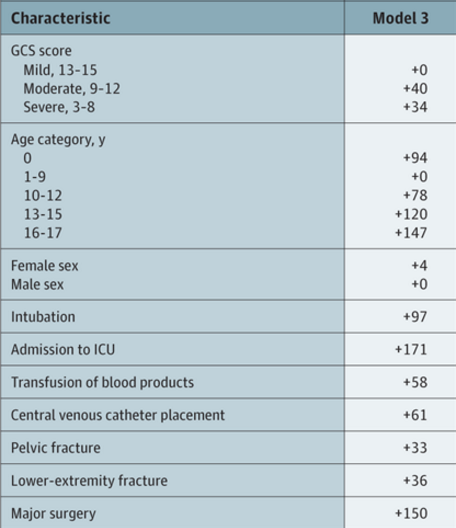Many surgeons and surgical subspecialists are nervous about operating on people who are taking anticoagulants. This seems obvious when it involves patients on therapeutic anticoagulation. But it is much less clear when we are talking about lower prophylactic doses.
Spine surgeons are especially reluctant when they are operating around the spinal cord. Yet patients with spine injury are generally at the highest risk for developing venous thromboembolic (VTE) complications like deep venous thrombosis (DVT) or pulmonary embolism (PE). Is this concern warranted?
Surgeons at the Presley Trauma Center in Memphis examined this issue by performing a retrospective review of six years worth of patients who underwent spine stabilization surgery. They specifically looked at administration of any kind of preop prophylactic anticoagulant, and the most feared complications of bleeding complications and postop VTE.
Here are the factoids:
- A total of 705 patients were reviewed, with roughly half receiving at least one preop prophylactic dose and the other half receiving none
- There were 447 C-spine, 231 T-spine, and 132 L-spine operations, performed an average of 4 days after admission
- Overall, bleeding complications occurred in 2.6% and VTE in 2.8%
- Patients with VTE were more severely injured (ISS 27 vs 18)
- Those who received at least half of their possible prophylactic doses had a significantly lower PE rate (0.4% vs 2.2%) but no significant difference in DVT or bleeding complications
Bottom line: So what to make of this? It’s a relatively small, retrospective study, and there is no power analysis. Furthermore, this hospital does not perform routine DVT screening, so that component of VTE may be underestimated, rendering the conclusions invalid.
However, the information on bleeding complications is more interesting, since this is much more reliably diagnosed using an eyeball check under the dressing. So maybe we (meaning our neurosurgeons and orthopedic spine surgeons) need to worry less about preop prophylactic VTE drugs. But we still need better research about whether any of this actually makes a dent in VTE and mortality from PE. To be continued.
Reference: Early chemoprophylaxis is associated with decreased venous thromboembolism risk without concomitant increase in intraspinal hematoma expansion after traumatic spinal cord injury. J Trauma 83(6):1108-1113, 2017.


